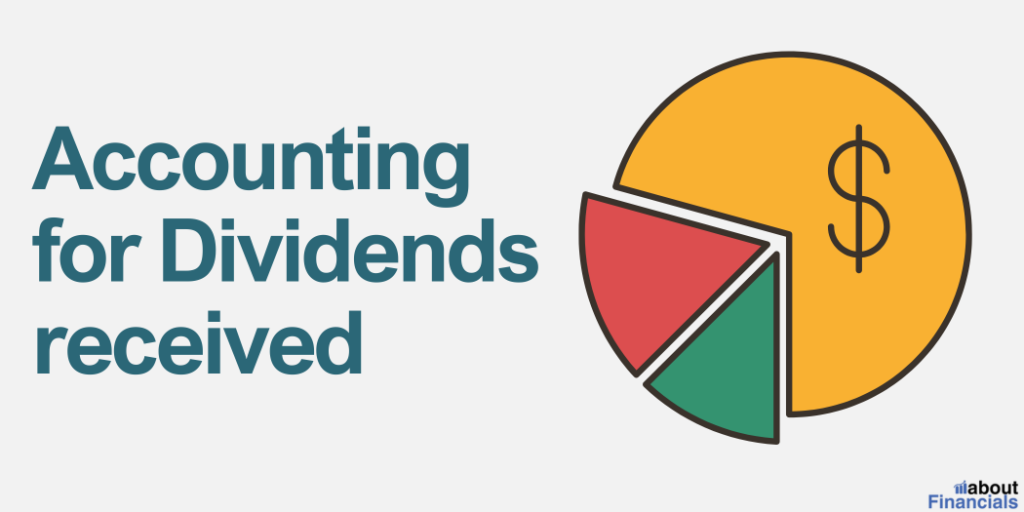Accounting for Dividends Received: 10 Key Considerations
When a company generates profits, it often distributes a portion of those earnings to its shareholders in the form of dividends. Dividends are typically paid out in cash, but they can also be issued as additional shares of stock or other forms of property. Dividends received by shareholders serve as a reward for their investment […]
Accounting for Dividends Received: 10 Key Considerations Read More »








